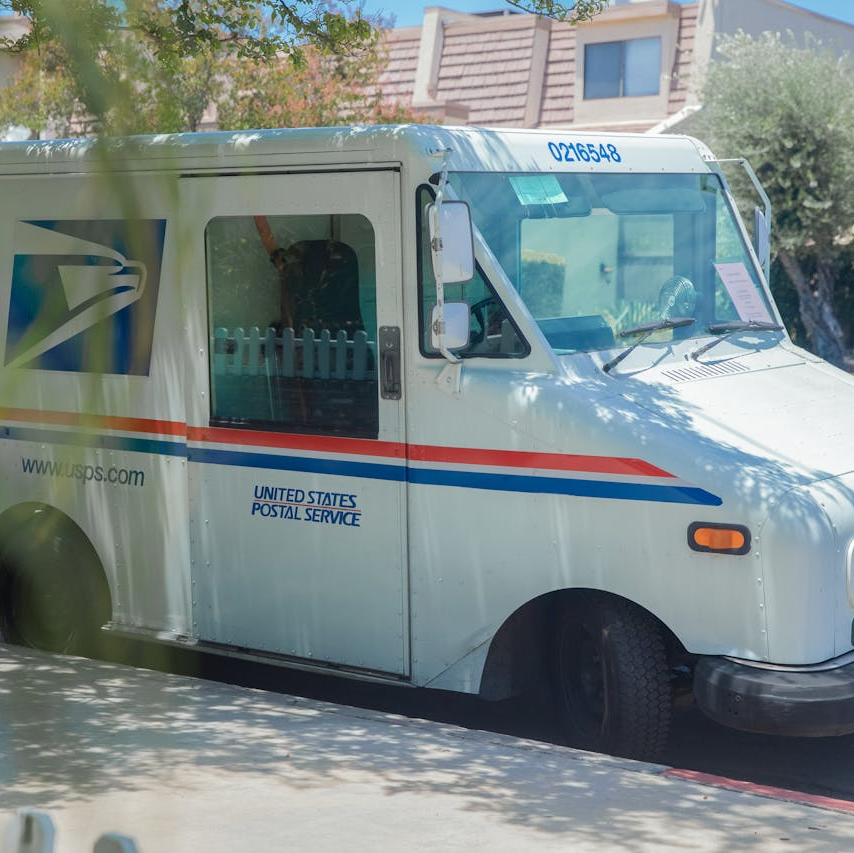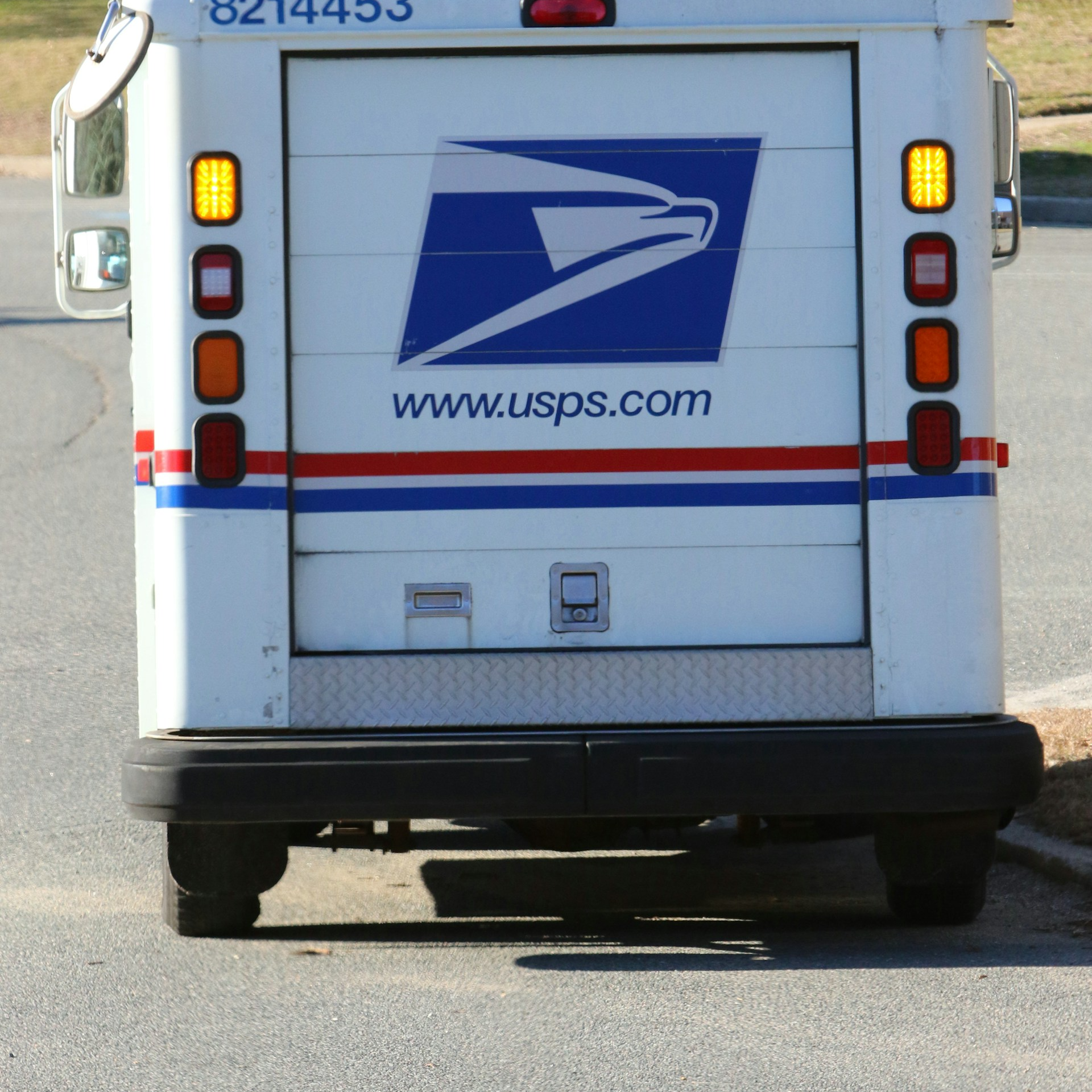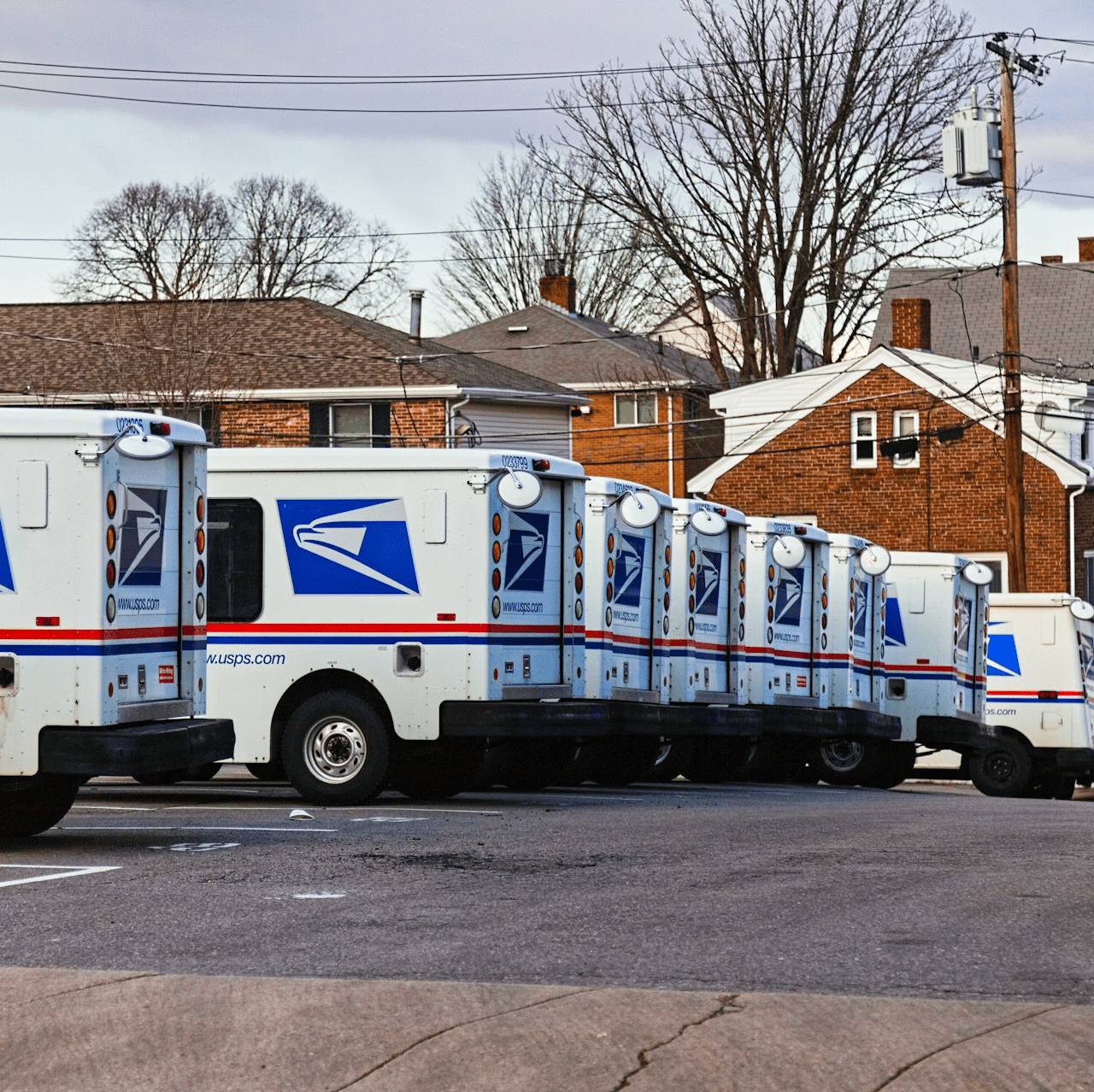Key Takeaways
-
Medicare and Postal Service Health Benefits (PSHB) plans complement each other, offering retirees comprehensive healthcare coverage.
-
Understanding Medicare integration with PSHB ensures cost-effective and seamless health coverage for you and your family.
How PSHB Plans and Medicare Complement Each Other
As a Postal Service retiree or family member, your healthcare options are anchored by PSHB plans and Medicare. Together, they provide robust and coordinated coverage designed to minimize out-of-pocket costs and enhance access to necessary healthcare services. Understanding how these programs work together can help you make informed decisions and maximize the value of your benefits.
What Makes PSHB Plans Unique?
PSHB plans, introduced in 2025, replaced the Federal Employees Health Benefits (FEHB) program for postal workers and retirees. While the structure is similar to FEHB, PSHB plans are tailored specifically to meet the unique needs of Postal Service employees, retirees, and their families. Key features include:
-
Comprehensive Coverage: Covers medical, vision, dental, and pharmacy services.
-
Tailored Benefits: Plans are designed with the Postal Service population in mind.
-
Cost Sharing: Includes predictable copayments, coinsurance, and deductibles to manage expenses.
-
Pharmacy Integration: Enhanced coordination with prescription drug plans ensures ease of use and cost efficiency.
Medicare: The Foundation of Retiree Healthcare
Medicare provides essential healthcare coverage for individuals aged 65 and older, as well as certain younger individuals with disabilities. It consists of:
-
Part A: Hospital Insurance covering inpatient care, skilled nursing facility care, and some home healthcare services.
-
Part B: Medical Insurance covering outpatient services, preventive care, and durable medical equipment.
-
Part D: Prescription Drug Coverage to lower medication costs.
-
Supplemental Options: Additional Medicare programs can cover gaps in healthcare costs.
Medicare’s integration with PSHB can lead to significant cost savings and expanded benefits. Let’s dive into the details.
Coordinating PSHB Plans with Medicare
When you’re eligible for both Medicare and PSHB, the two programs work in tandem to provide layered coverage. Here’s how:
1. Medicare as Primary Payer
-
If you’re enrolled in Medicare Parts A and B, Medicare generally becomes your primary payer for covered services, while PSHB acts as secondary insurance. This setup reduces out-of-pocket expenses for medical visits, hospital stays, and procedures.
-
Primary payer status simplifies claim processing and provides faster reimbursements for eligible costs.
2. Enhanced Pharmacy Benefits
-
PSHB plans integrate with Medicare Part D through an Employer Group Waiver Plan (EGWP). This arrangement helps lower your prescription drug costs by capping annual out-of-pocket expenses at $2,000 and allowing for phased payments.
-
Many common prescriptions become more affordable, especially for those managing chronic conditions.
3. Reduced Copayments and Deductibles
-
Many PSHB plans offer waived or reduced deductibles and copayments for enrollees who also have Medicare. This means you’ll pay less when accessing medical care.
-
These cost savings can add up significantly over time, especially for frequent healthcare users.
4. Coordinated Claims Processing
-
With Medicare and PSHB, claims are automatically coordinated. Medicare pays first, and PSHB covers additional costs, ensuring smooth processing and minimal hassle for you.
-
Automatic coordination also reduces paperwork and potential billing errors.
Enrollment: Ensuring Seamless Coverage
Medicare Enrollment Requirements
To maintain PSHB coverage, most Medicare-eligible retirees and family members must enroll in Medicare Part B. Exceptions include:
-
Retirees who retired before January 1, 2025.
-
Family members who aren’t Medicare-eligible.
Failing to meet these requirements could result in reduced or lost PSHB coverage.
PSHB Open Enrollment
Each year, Open Season runs from mid-November to mid-December, allowing you to review and adjust your PSHB plan. If your needs change or Medicare enrollment impacts your coverage, Open Season is the perfect time to make updates.
-
Evaluate all plan options and confirm compatibility with Medicare.
-
Consider future healthcare needs to avoid unexpected costs.
Costs and Contributions
Medicare Costs in 2025
-
Part A Premium: Free for most individuals. If not, premiums range from $284 to $518 per month, depending on your work history.
-
Part B Premium: $185 monthly.
-
Part D Deductible: $590 annually, with out-of-pocket drug costs capped at $2,000.
-
Income Adjustments: Higher-income beneficiaries may pay increased premiums.
PSHB Plan Costs
PSHB plans feature:
-
Premiums: Shared between you and the government, with approximately 70% of costs covered by the Postal Service.
-
Deductibles: Vary by plan, ranging from $350 to $2,000 for in-network services.
-
Copayments and Coinsurance: Designed to be predictable and manageable.
-
Additional Savings: Medicare coordination often further reduces these expenses.
Maximizing Your Benefits
Plan Comparison
Use the PSHB plan comparison tool during Open Season to evaluate options. Key factors include:
-
Coverage levels for medical, vision, and dental.
-
Integration with Medicare benefits.
-
Out-of-pocket costs.
-
Pharmacy benefits and tier levels.
Preventive Care
Both Medicare and PSHB plans emphasize preventive services. Annual wellness visits, vaccinations, and screenings are often fully covered, helping you stay proactive about your health.
-
Preventive care access encourages early detection of potential health concerns.
-
Routine checkups remain an affordable and essential component of coverage.
Coordinated Care
Choose providers who accept both Medicare and PSHB to simplify billing and maximize your coverage. Most healthcare professionals readily accept these plans, making access seamless.
-
Providers familiar with both systems can help minimize administrative delays.
-
Access to a broad network ensures flexibility in healthcare choices.
Common Questions Answered
Do I Need Part D If I Have PSHB?
No. PSHB plans include prescription drug coverage through an integrated EGWP, eliminating the need for separate Part D enrollment.
-
This coverage simplifies medication access without requiring additional insurance.
What Happens if I Don’t Enroll in Medicare Part B?
Failure to enroll in Part B may result in losing PSHB coverage, increased out-of-pocket expenses, or late enrollment penalties for Medicare.
-
Ensure timely enrollment to avoid gaps in coverage.
Can My Family Members Stay on PSHB Without Medicare?
Yes. Family members who aren’t Medicare-eligible can remain covered under your PSHB plan. However, their coverage terms may differ.
-
Review individual eligibility annually to prevent unexpected changes.
Planning for the Future
As healthcare needs evolve, staying informed about changes in Medicare and PSHB benefits is essential. Regularly reviewing your plan options and leveraging annual Open Season ensures you’re always in the best position to manage costs and access care.
-
Keep track of enrollment deadlines and required actions.
-
Stay updated on legislative changes affecting benefits.
-
Consider consulting a benefits advisor if you have specific concerns.
-
Develop a long-term strategy to maximize cost savings and health outcomes.
Your Healthcare, Simplified
Navigating Medicare and PSHB plans doesn’t have to be overwhelming. By understanding how these programs align, you can enjoy comprehensive, cost-effective healthcare coverage that supports your well-being and financial security. Take control of your benefits today and ensure you and your family’s health needs are always met efficiently.










